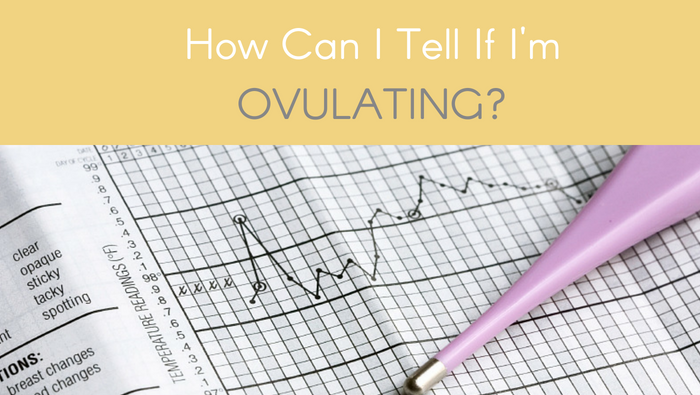If you’re ovulating, it’s the result of a complex chain of hormones sending messages from the brain to the reproductive system.
Ovulation. It’s the release of a mature egg from the ovaries. The egg moves down the fallopian tube. That egg is good for about 24 short hours.
It’s the stuff of miracles. And the stuff of myths.
I’m here to squash a few. Here’s goes….
Myth #1
You can get pregnant any time of the month. You can’t really. There is a short window. It’s about 5-7 days. Eggs survive up to 24 hours. Sperm can live for around 5 days inside a woman, sometimes up to 7 days.
That means it’s sex before ovulation or on day of ovulation that’s potentially baby-making.
BIG BUT coming up. Some studies show that fertility day timing is less predictable than fertility experts once thought. Confusing huh?
So what can you do if you’re trying to make a baby? Have regular sex throughout the whole month before your period. Alternate days helps build up sperm.
Myth #2
It’s a myth that all women ovulate on Day 14 of their cycle. Some ovulate earlier and some later.
Myth #3
If your cycle is regular you always ovulate on the same day.
Actually, your ovulation pattern can vary month to month. Some month you might not ovulate at all. And you might still be perfectly healthy and fertile.
Myth #4
If you are getting your period, it means you must be ovulating. That does not necessarily mean you are ovulating.
That’s a whole heap of myth busting, right there.
Anyway, how can you tell if you’re ovulating? And peeing on sticks isn’t necessarily the right answer, ladies – read on.
How Do YOU Tell If You’re Ovulating?
I ask clients this question and some will give me their own signs…
- sore and tender boobs – thought to be related to progesterone in your body after ovulation
- bloating
- tummy pains, usually a twinge or sharp pain
- some “spotting” – do get it checked out by your doctor to make sure it is ovulation spotting.
- feel hotter – due to the natural temperature rise after ovulation
- feel friskier, if you know what I mean *winks*. Nature designed us to have a higher sex drive at this time for making babies.
These are all quite common. And they may be an indication of ovulation, when you know your own body.
How Can I Tell If I’m Ovulating?
Here are some ways to monitor if you’re ovulating…
Basal Body Temperature
One way of finding out is to take your basal body temperature first thing every morning (before getting out of bed) and record it on a chart or a techy app.
Why?
Because basal body temperature rises between 0.5 – 1 degree after ovulation and stays higher until your period starts.
Charting for 3 or 4 months should be enough to spot any trends in your cycle.
But be aware other things can make your temperature increase – illness, alcohol, medications, stress.
Mucus
I discuss some lovely subjects!
Changes to your mucus are also clues to ovulation. I mean the normal, natural discharge you find in your knickers and when you wipe.
Mother Nature designed us to have sperm friendly mucus around ovulation. So we should notice that the discharge becomes clearer and stringier at that time. It’s alkaline and sperm-nourishing. The “strings” help sperm swim to the egg.
You might hear it called “egg white mucus” or “fertile mucus” – it looks like the white of a egg.
Marvellous, eh?
Again, other things can change mucus like thrush or er em the squelchy stuff after you’ve had sex without using barrier contraception.
If you wear tight, synthetic knickers you might feel sweaty and damp. If you wear tampons or panty liners you might feel dry. This might mean it’s tough for you to spot mucus changes.
Some meds also affect mucus, including hormonal contraceptives.
Again you can check and record this on a chart or an app.
Cervix “Moves”
No, that’s not a typo.
Your cervix change position during the month. You can check it yourself.
Around ovulation, your cervix moves higher in the vaginal canal, so you can’t feel it if you put clean fingers (short nails please!) into your vagina. It also softens and opens ready to welcome sperm.
Amazing!
How to check it yourself, is a whole other blog/lesson. And you can record that on a chart or app.
Peeing On Sticks
You can also buy an ovulation predictor kit (OPK). A.K.A peeing on sticks.
They work by measuring a surge of Luteinising Hormone (LH). A LH surge is a predictor of ovulation.
OPKs show any surges of LH and a surge does not always mean you ovulate after.
Fertility drugs can affect LH test results. Some women suffering conditions like PCOS can see misleading results from OPKs. And manufacturers say they are less reliable in women over 40 because high LH can be a sign of perimenopause/menopause.
There are devices that measure wee samples during the whole month, which can be useful.
Ultrasound
If it’s taking time to conceive or you have a condition that makes falling pregnant naturally more tricky, you may be referred for fertility tests.
It’s possible to look at the development of follicles on your ovaries and the thickening of your womb lining, to predict ovulation.
This is THE most accurate way to predict and monitor ovulation.
Personally, I think the human body is truly amazing. The whole chain of hormones that spark ovulation is mind-blowing. Ovulation is complex and beautiful.
I help women chart their cycles to spot likely ovulation and any patterns with their cycles – sometimes to help them improve chances of falling pregnant; sometimes to help them improve their cycle problems.
If you are really interested in ovulation, here is a video of actual ovulation inside a woman. Wowsers. I mean seriously.
If yo want to track ovulation properly – and so many women aren’t – check out my online course Ovulation For Pregnancy. It’s a steal at only £40 and has ALL you need to know about tracking properly and why those fancy apps aren’t always accurate.
Love,



Recent Comments